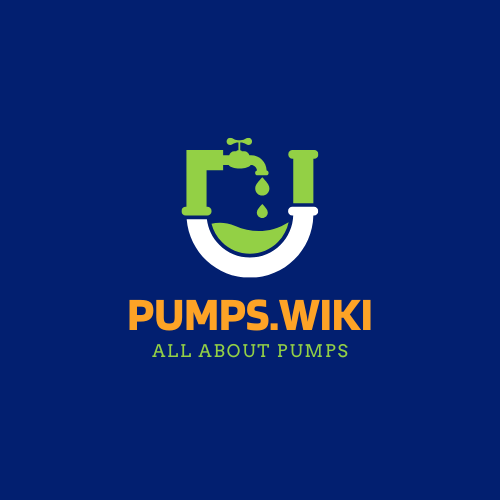Sump pump amperage draw is a critical electrical characteristic that determines power consumption, operational efficiency, and potential electrical system requirements. Understanding the precise current draw helps homeowners select appropriate pumps, ensure proper circuit protection, and estimate energy costs. This comprehensive guide explores the intricate details of sump pump electrical performance across various horsepower ratings and pump configurations.
What Determines Sump Pump Electrical Consumption?
Sump pump amperage draw varies significantly based on multiple technical factors. Homeowners and professionals must consider horsepower, pump type, installation conditions, and specific operational requirements when evaluating electrical performance.
Horsepower and Amperage Correlation
| Horsepower | Typical Amperage Draw | Voltage | Power Consumption |
|---|---|---|---|
| 1/3 HP | 9-10 amps | 115V | 800-1050 watts |
| 1/2 HP | 10-11 amps | 115V | 1050-1300 watts |
| 1 HP | 15 amps | 115V | 1500-1800 watts |
How Do Different Pump Types Impact Electrical Draw?
Submersible Sump Pumps
- More energy-efficient design
- Lower amperage requirements
- Typical draw: 9-10 amps for 1/3 HP models
- Better power factor performance
Pedestal Sump Pumps
- Higher amperage draw
- Less energy-efficient motor configuration
- 1/4 HP models might draw around 10.5 amps
- Less compact design increases electrical resistance
What Factors Influence Sump Pump Current Requirements?

Several critical factors impact sump pump amperage draw:
- Vertical Pumping Distance
- Increased height requires more electrical energy
- Can significantly raise current draw
-
Each additional foot of vertical lift increases power consumption
-
Water Volume and Flow Rate
- Higher water volumes demand more electrical power
- Directly correlates with amperage requirements
-
Seasonal variations affect overall electrical consumption
-
Motor Efficiency
- Newer models feature improved electrical performance
- Advanced motor designs reduce unnecessary current draw
- Inverter-driven pumps offer more precise power management
How to Calculate Operational Electrical Costs?
Calculating sump pump electrical expenses involves multiple variables:
- Daily Wattage Consumption: 800W x 8 hours = 6.4 kWh
- Electricity Rate: Approximately $0.15 per kWh
- Estimated Daily Cost: $0.96
- Monthly Electrical Expense: Around $28.80
Practical Recommendations
- Use dedicated 15-20 amp circuit for sump pump
- Consider energy-efficient models
- Regularly maintain pump to ensure optimal electrical performance
- Install surge protection to prevent electrical damage
What Are Potential Electrical Risks?
- Overloaded circuits
- Inadequate circuit breaker protection
- Potential motor burnout from excessive current draw
- Increased energy consumption with inefficient models
Technical Considerations for Electrical Installation
- Verify voltage compatibility
- Use appropriate gauge wiring
- Ensure proper grounding
- Install ground fault circuit interrupter (GFCI)
Pro Tips for Electrical Efficiency
- Select pumps with high-efficiency motors
- Consider variable speed pump technologies
- Implement smart monitoring systems
- Conduct annual electrical performance assessments
Conclusion
Understanding sump pump amperage draw is crucial for homeowners seeking reliable basement water management. By comprehensively evaluating electrical requirements, individuals can make informed decisions that balance performance, efficiency, and cost-effectiveness.
